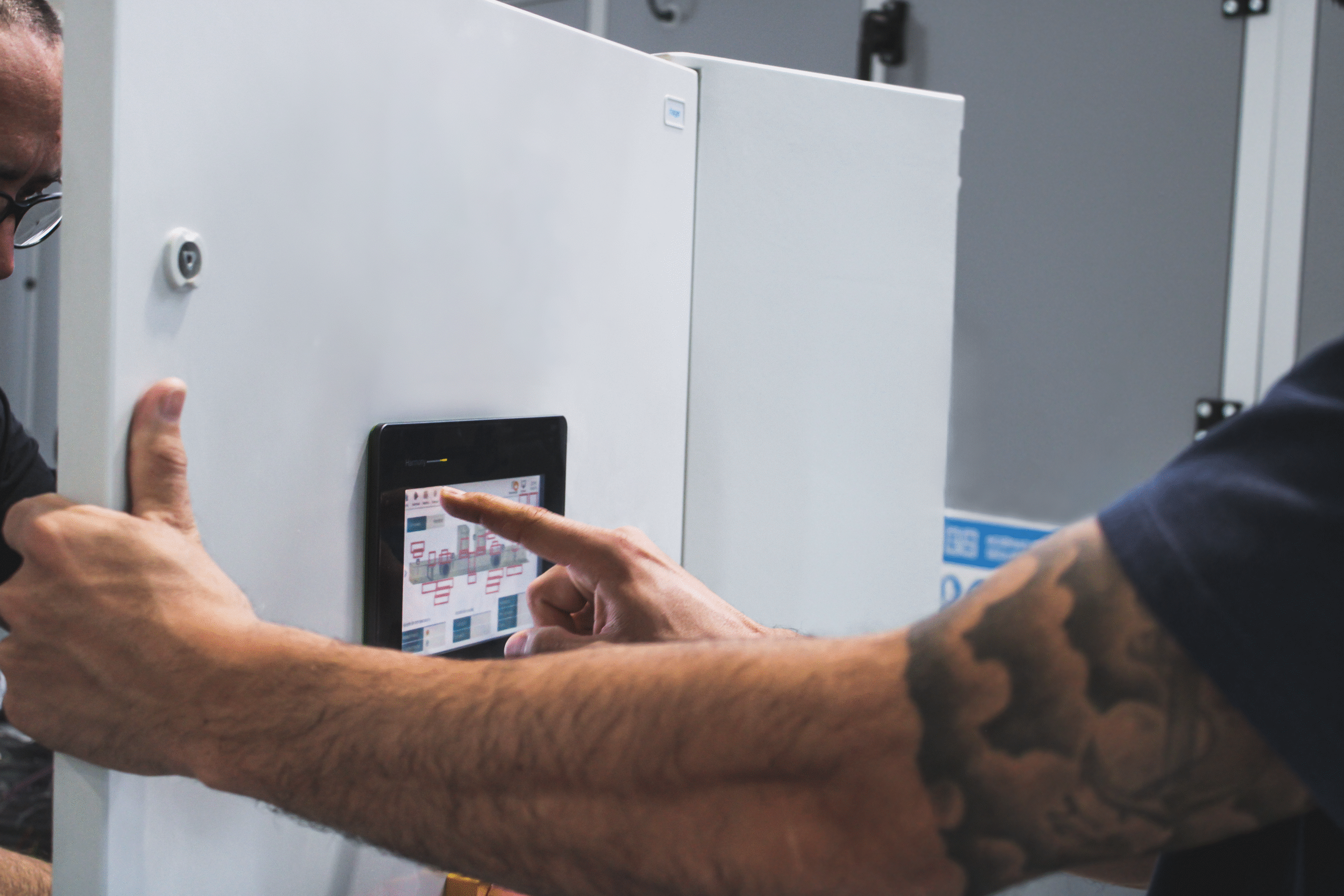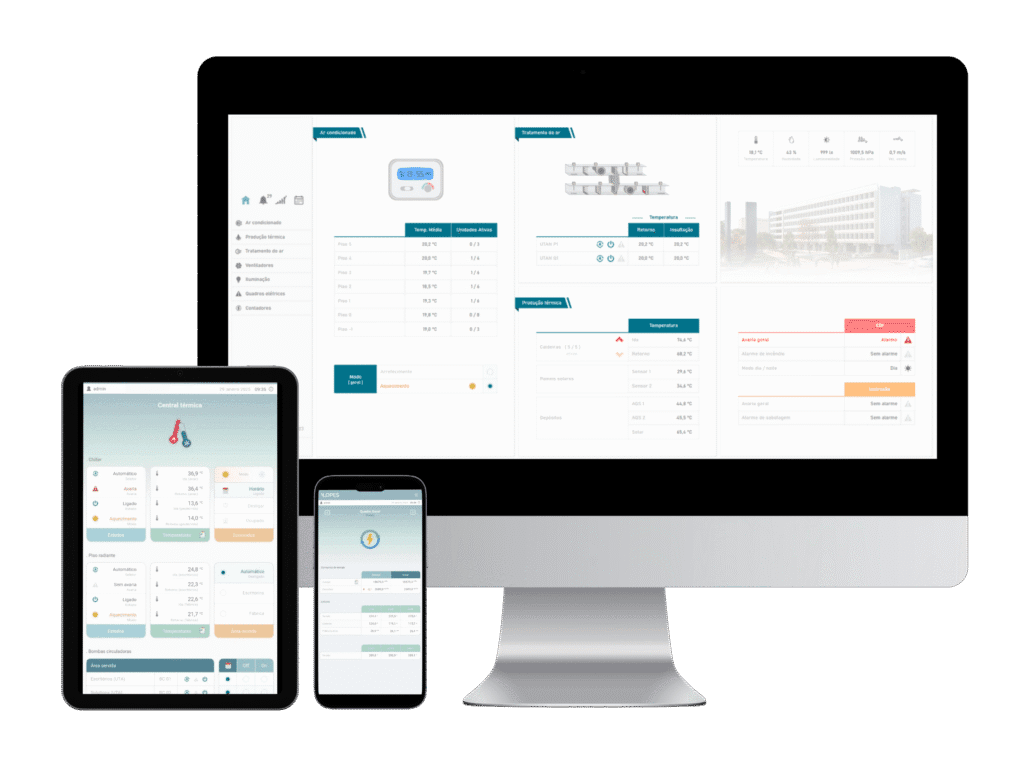Ainda sem produtos na sua encomenda!

In a modern building, energy efficiency and indoor air quality do not depend solely on good equipment: they depend above all on how this equipment is controlled and managed, and this is where HVAC (Heating, Ventilation and Air Conditioning) automation comes in.
In a scenario where digitisation and smart integration shape the future of buildings, HVAC control and automation play an essential role for those seeking energy efficiency in air conditioning, greater reliability and better indoor air quality. This approach not only optimises consumption and extends the useful life of equipment, but also contributes to the development of smart and sustainable buildings, in line with current requirements for efficiency and environmental responsibility.
This is the path that OCRAMclima® has been consolidating: developing reliable, intelligent and tailored solutions, ensuring comfort, performance and sustainability.
An efficient system needs to react to changes in the environment. An AHU should be a dynamic system that responds in real time to changes in the ambient and internal temperatures of the building.
With intelligent automation, the unit automatically adapts its operation to ensure energy efficiency, comfort, and reliable performance.
Thanks to automatic and precise controls, energy consumption is reduced, components suffer less wear and tear, and operating costs become more predictable. For occupants, the result is greater comfort, and for building management there is the clear advantage of lower operating costs and more predictable maintenance.
The efficient operation of an Air Handling Unit (AHU) depends on the coordinated integration of various field devices. Among the main ones are:
The information collected is essential for automatic control of the AHU. Based on this data, the actuators dynamically regulate:
The ‘brain’ of the system is the Siemens Climatix® programmable controller, responsible for executing the operating logic. This controller, which can be configured and programmed according to the needs of each HVAC project, enables:
Thanks to HVAC automation and centralised control, AHUs ensure a comfortable, efficient and energy-optimised indoor environment.
More than just controlling, automation should optimise. Strategies such as dynamic setpoints, intelligent heat recovery and flow balancing are now fundamental practices for increasing energy efficiency in air conditioning and ensuring more sustainable buildings.
The integration of Siemens Climatix® with Building Management System (BMS) goes beyond simple climate control. It is an approach geared towards intelligent HVAC automation, which allows the full potential of the HVAC installation to be exploited efficiently and sustainably.
Through BMS, it is possible to monitor the entire system in real time, generate detailed reports, and implement data-driven predictive maintenance.

This integration translates into truly intelligent HVAC management, in which sensors, controllers and actuators work together to reduce consumption and maximise environmental comfort.
Thanks to its compatibility with standard protocols (BACnet, Modbus, KNX), Climatix® can be integrated with other building subsystems, such as:
With these advanced strategies, HVAC automation is no longer just a matter of thermal comfort, but rather a tool for overall building management, contributing to:
The integration of the HVAC control system with Siemens Climatix® and BMS offers advantages tailored to the specific needs of each type of building:
Offices
Hotels
Hospitals and clinics
Shopping centres and retail
Schools and universities
Industry and logistics
HVAC control and automation are now key elements in achieving energy efficiency, reliability and comfort in any building. OCRAMclima® develops and implements control and automation systems tailored to each project, ensuring scalability, efficiency and reliability.
With integration into Building Management System (BMS), we combine advanced management, continuous monitoring and specialised technical support so that each building operates at its maximum potential.
Would you like to optimise the performance of your HVAC systems?